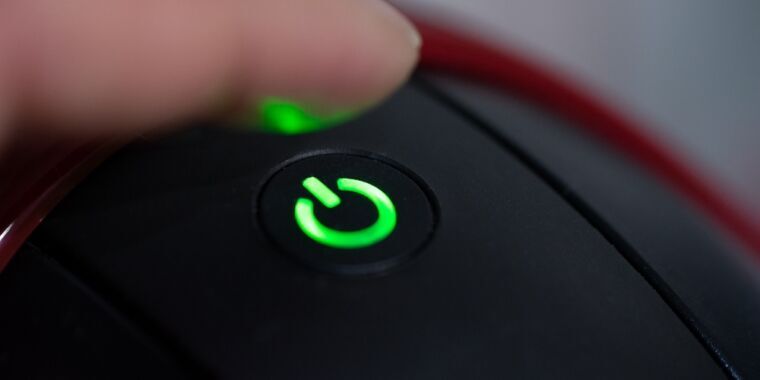- cross-posted to:
- linux@lemmy.ml
- privacy@lemmy.ml
- cross-posted to:
- linux@lemmy.ml
- privacy@lemmy.ml
Just about every Windows and Linux device vulnerable to new LogoFAIL firmware attack::UEFIs booting Windows and Linux devices can be hacked by malicious logo images.
Every device booting from UEFI is vulnerable. It’s neither a Windows nor Linux issue, it’s UEFI.
Because UEFI has Code-execution capability before OS loads. In this case it’s for the logo
Can anyone explain to me if this is an actual risk outside a highly controlled environment? AFAIK, it’s a pretty non-casual thing to change the UEFI boot logo, so wouldn’t that make this pretty hard to actually pull off?
The article quoted the researchers who indicated it can be done with remote access by using other attack vectors. This is because most UEFI systems store the logo on disk in the EFI system partition. It doesn’t need to do anything crazy like compile and flash a modified firmware. All it needs to do is overwrite the logo file on disk.
If you have access to directly write to arbitrary disk locations you already have full control. Why bother with overwriting the logo file with a malicious payload if you can just overwrite the actual kernel…
Because this can persist beyond an OS rebuild or patch. You infect the BIOS and you’re on the device until the BIOS is free reflashed. And who ever does that?
Or until you overwrite that malicious logo again?
No. The logo is loaded, runs in BIOS context and is able to modify the BIOS. Now it’s embedded and the logo is irrelevant.
Due to Secure Boot (if it actually enabled since there are some bogous implementations) this can be prevented. If I understand it correctly, LogoFAIL bypasses this security measure and enables loading unsigned code.
This is what I’m wondering
Ah, that’s much easier than I thought. I guess I’m horrible out of date on my “messing with BIOS” knowledge
If it’s on the disk, why doesn’t the image get removed when I erase all partitions? Does the firmware put it back?
It does, but if it has compromised the BIOS before that, that won’t get wiped.
If I’m understanding this correctly this isn’t necessarily the very first logo that would appear but one that appears as the firmware starts to boot an OS from the EFI system partition. So technically installing your OS puts the original non-malicious logo there.
I want my computer to run an open-source BIOS/UEFI but the set of systems supported by projects like Libreboot is unfortunately rather limited.
You want your BIOS WITHOUT NSA BACKDOOR?!! HAHAHAHAHA
Why is it so limmitted? Whats the bottleneck?
Each board has to be added manually, I presume they all have intricacies around initialising hardware and it seems most of that is kept in binary blobs and I don’t really understand I just wish it was like openwrt and worked anywhere
Another instance of Let’s replace something that’s been working for ages with something worse but shiny.
What are you going on about?
Do you mean BIOS versus UEFI? That ship sailed over a decade ago. And I don’t think anyone actually believes that plain BIOS is superior in any way to UEFI.
That ship sailed over a decade ago.
And yet we’re still having this kind of bullshit.
Plain BIOS got the job done.
Can’t get hacked by this if you never reboot!
UEFI is such a disaster. I still sometimes use legacy boot and notice that I miss none of the features UEFI gives me. And still I go for UEFI because it’s shiny and new. Guess I’m a disaster too.
It is legacy boot MODE inside UEFI. Turning this thing on does nothing in regard to the exploit.
Weeellll, shit. Thanks for the info.
Click bait.







